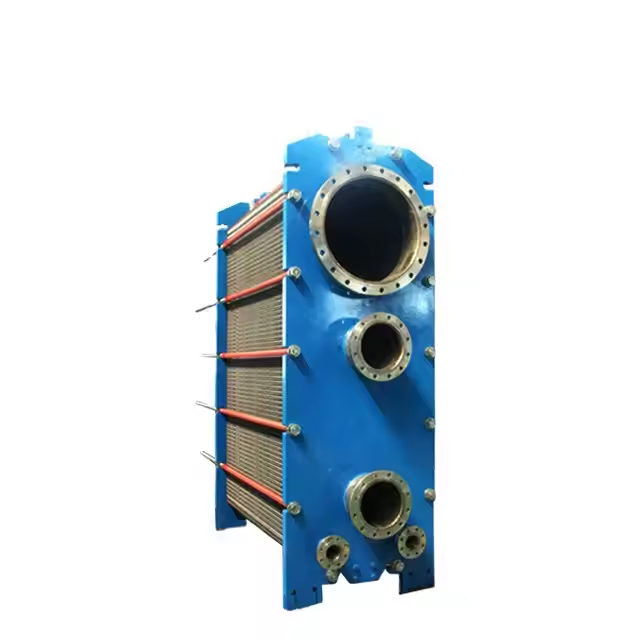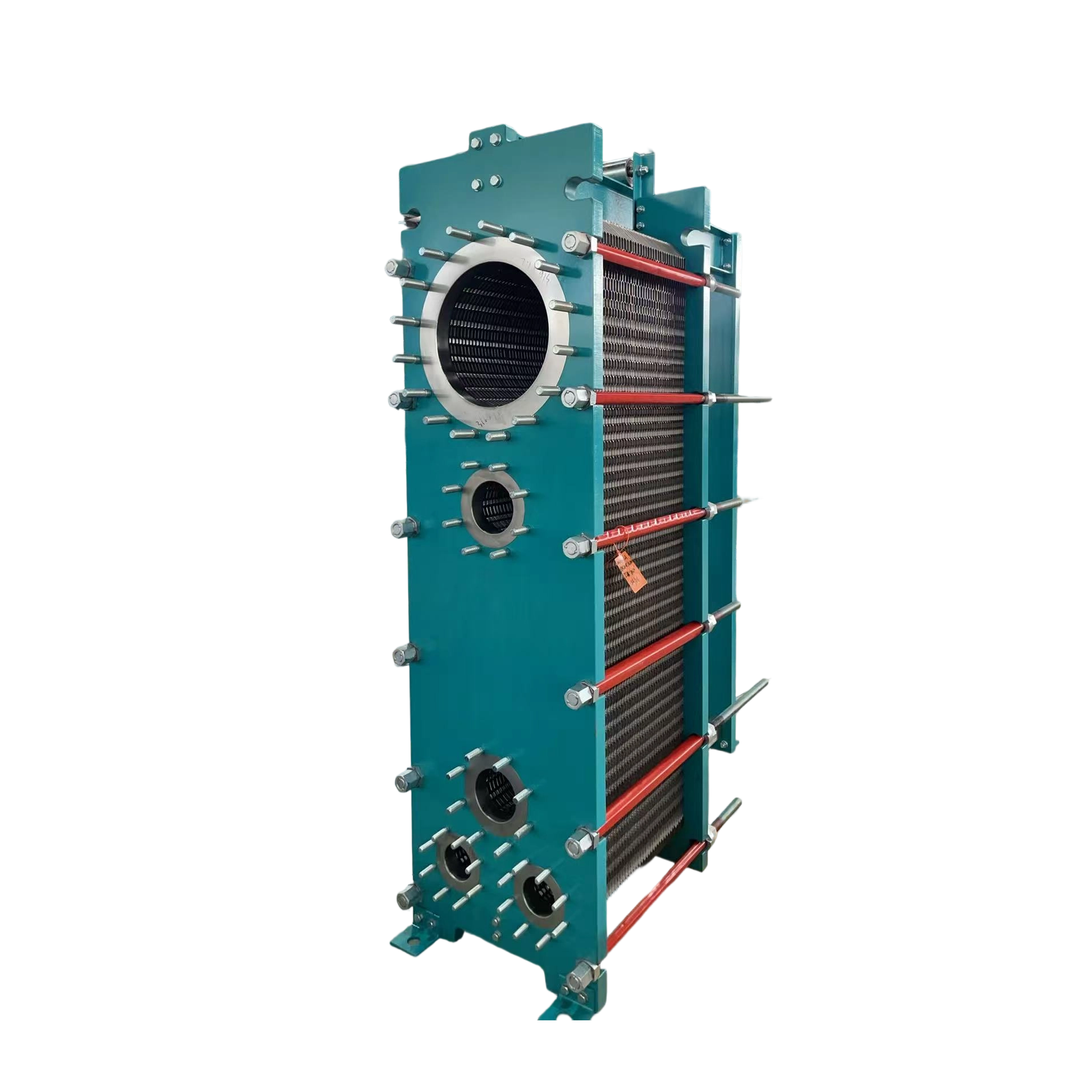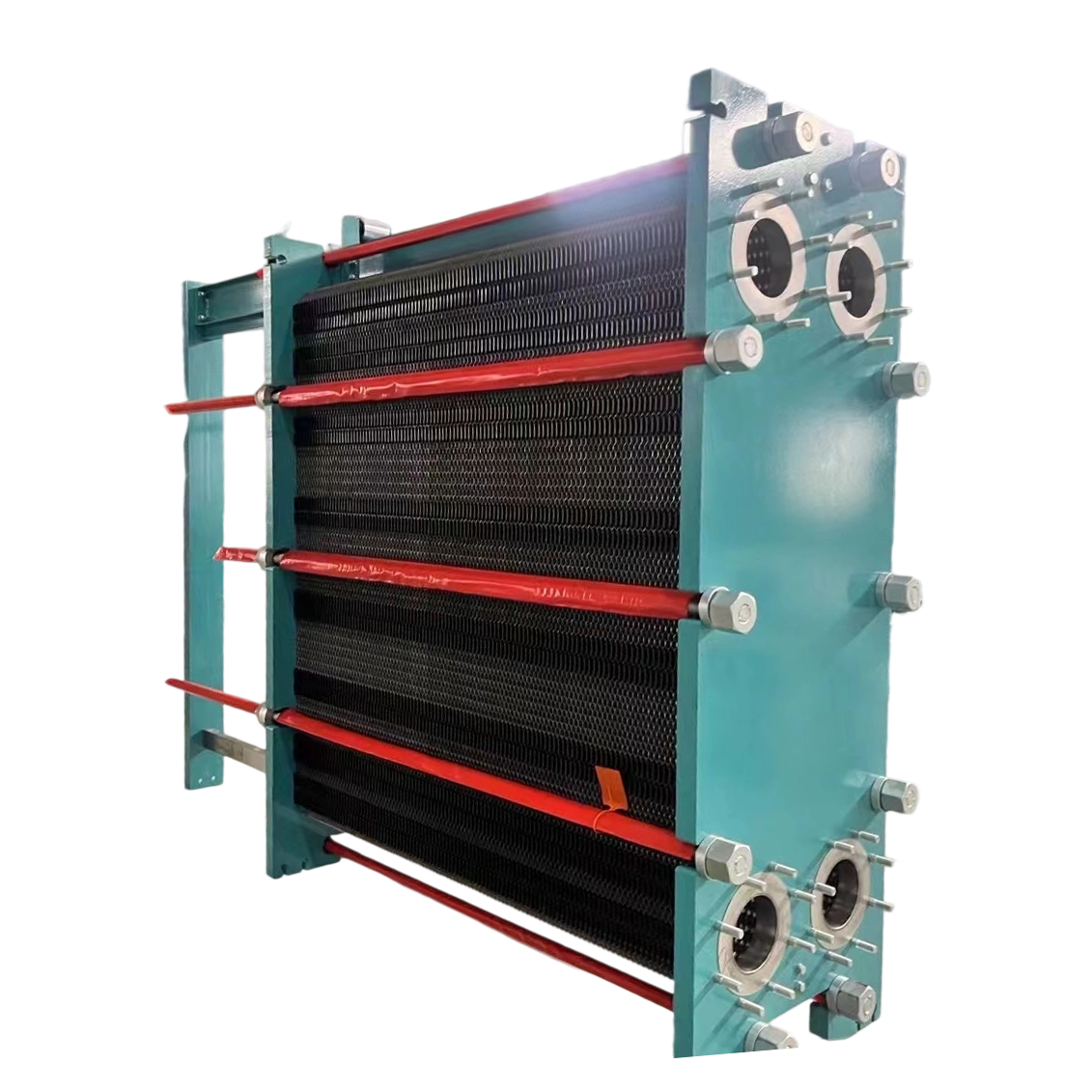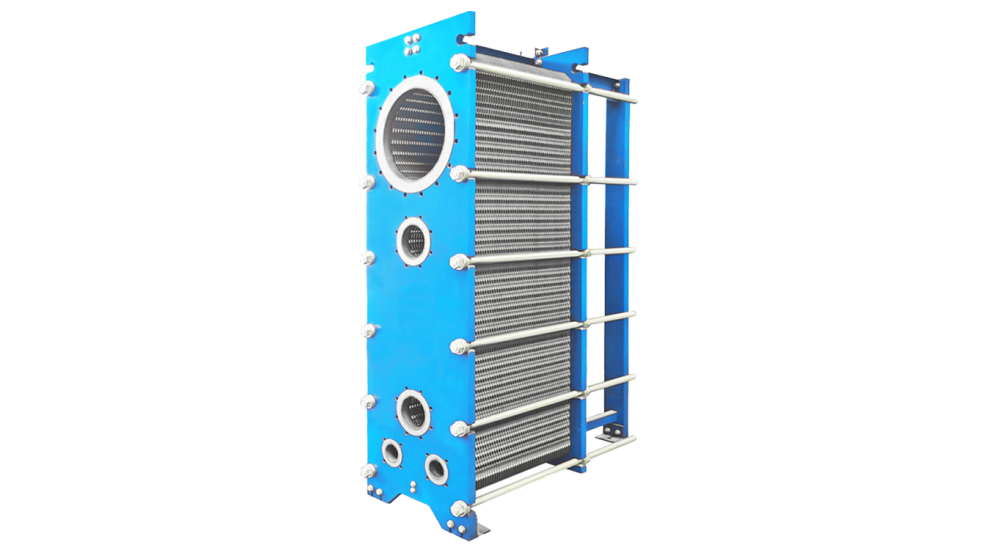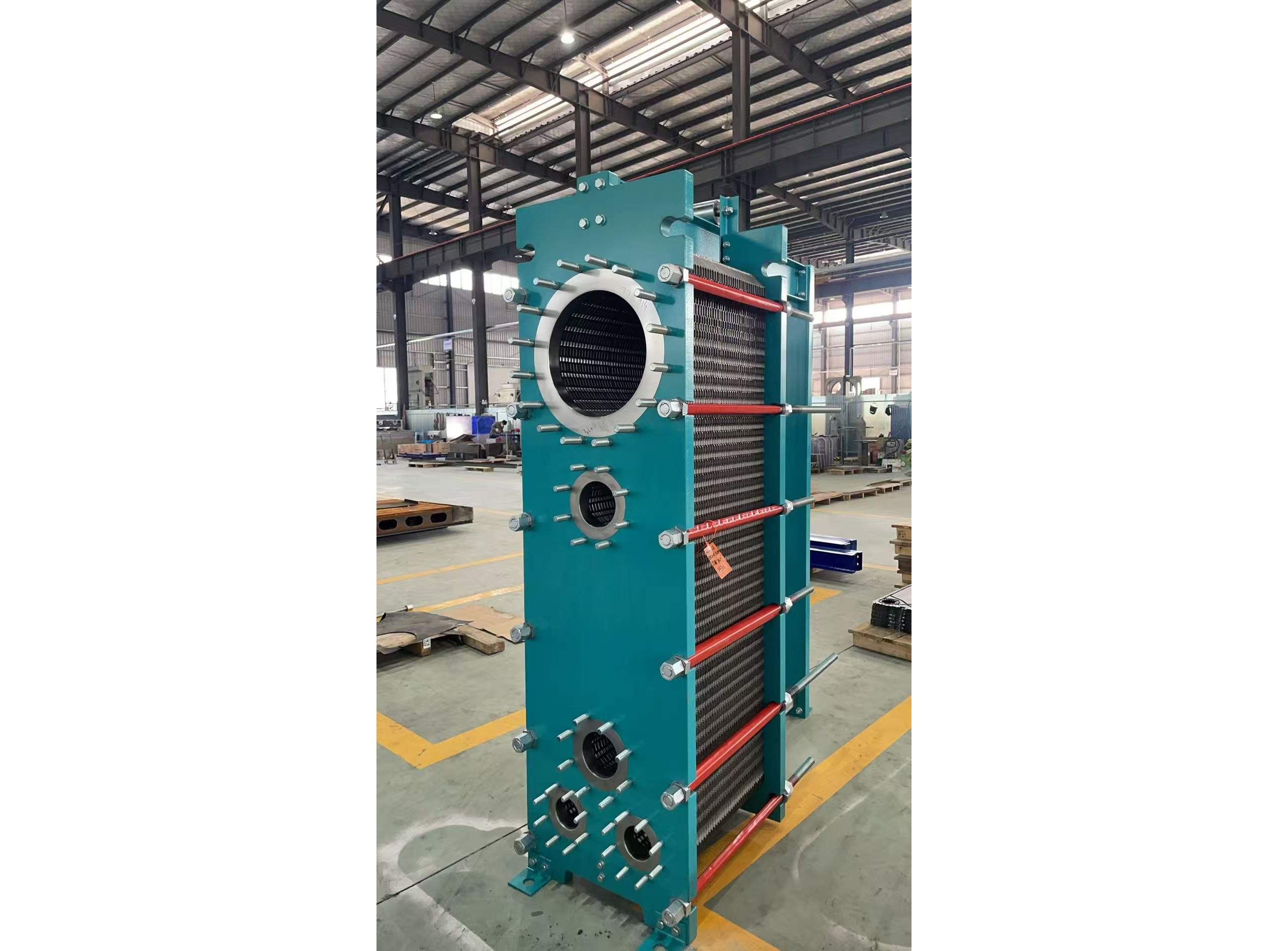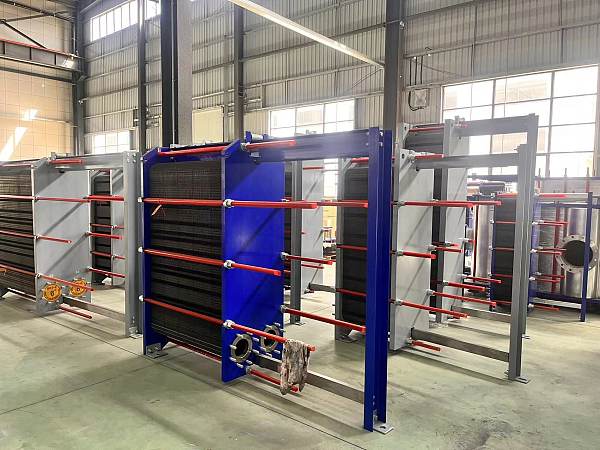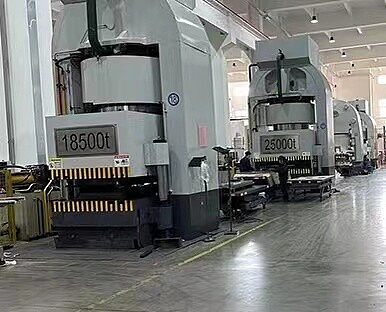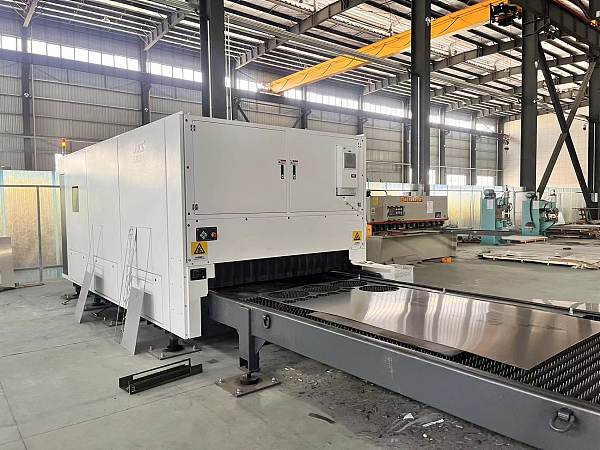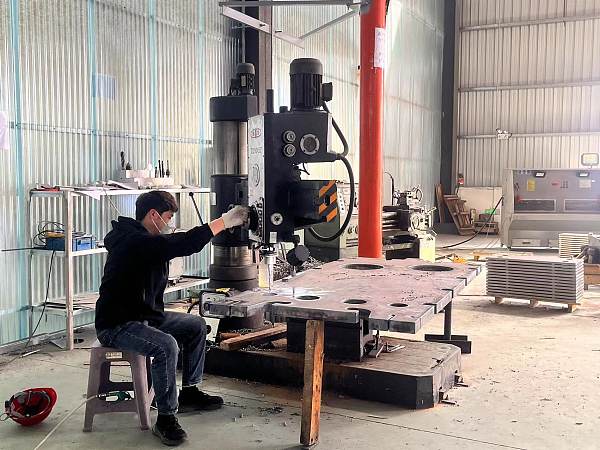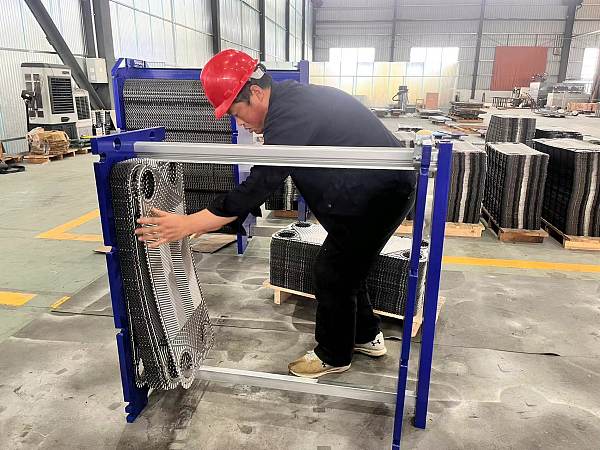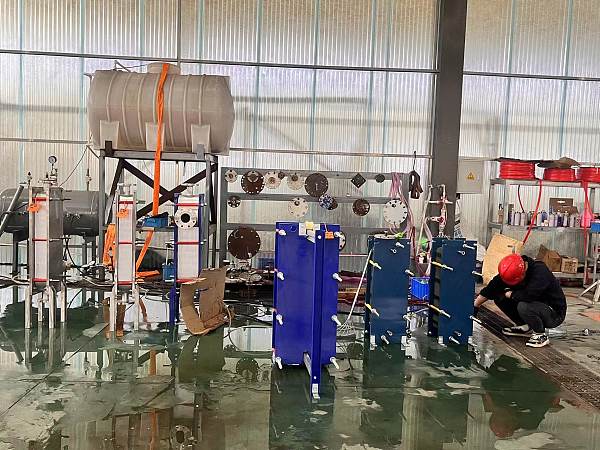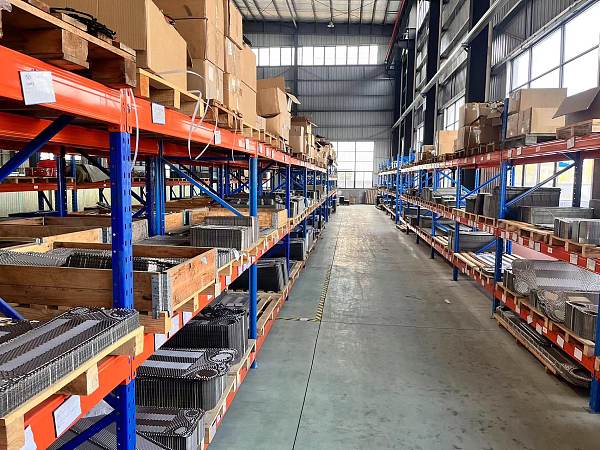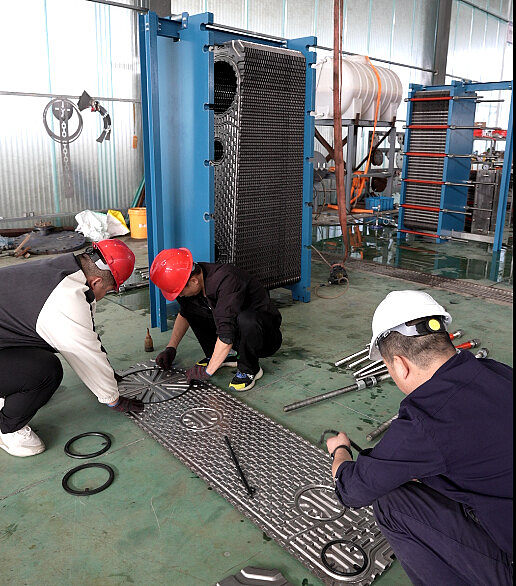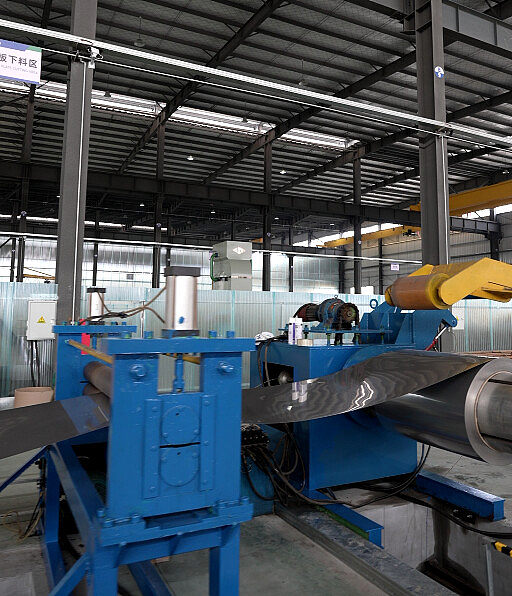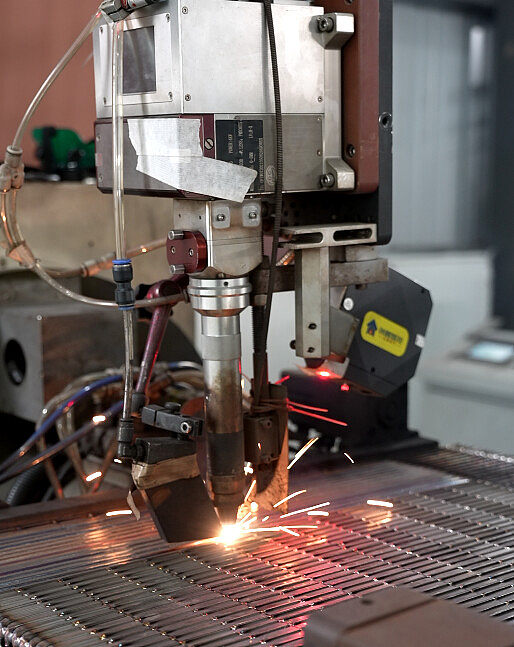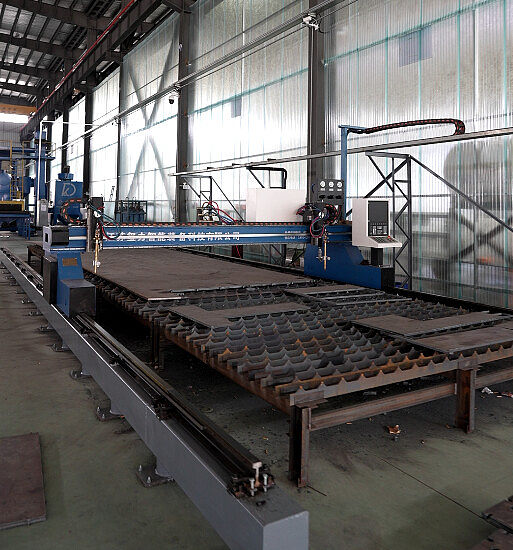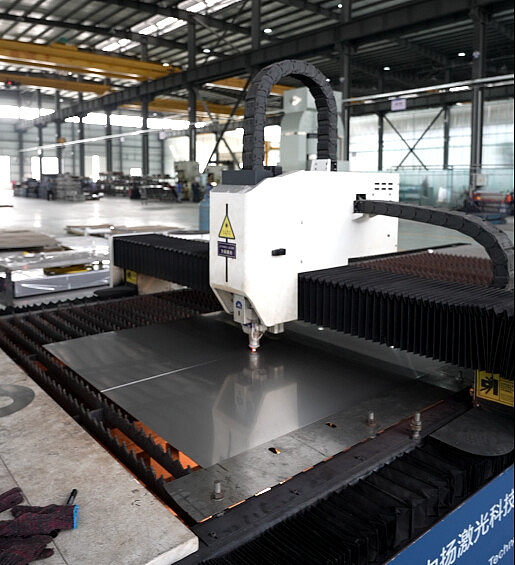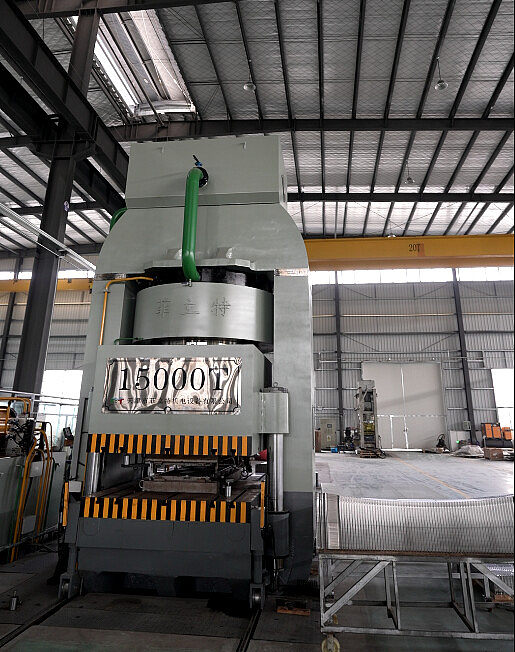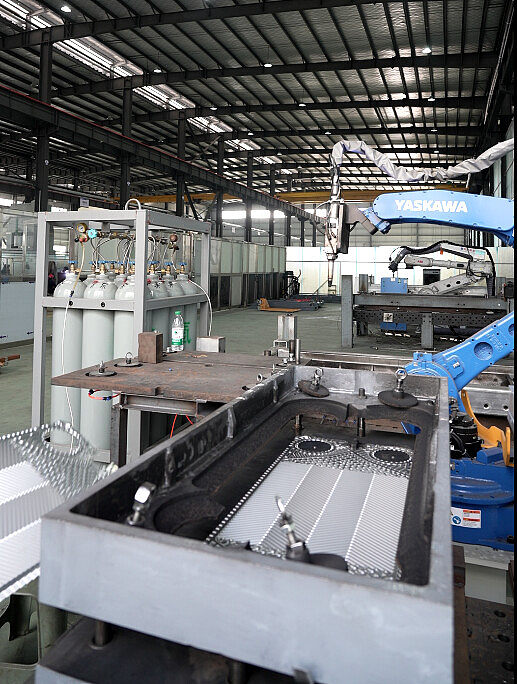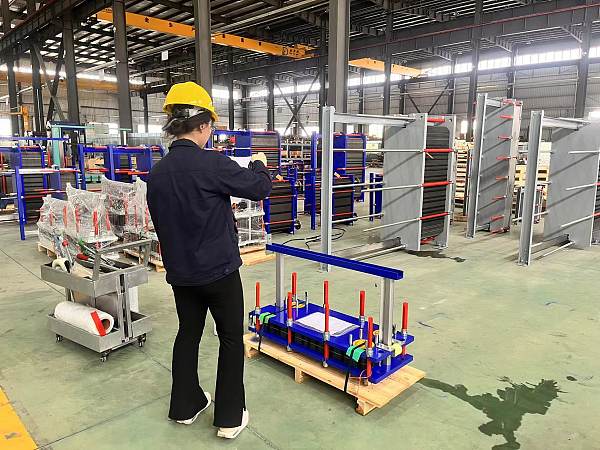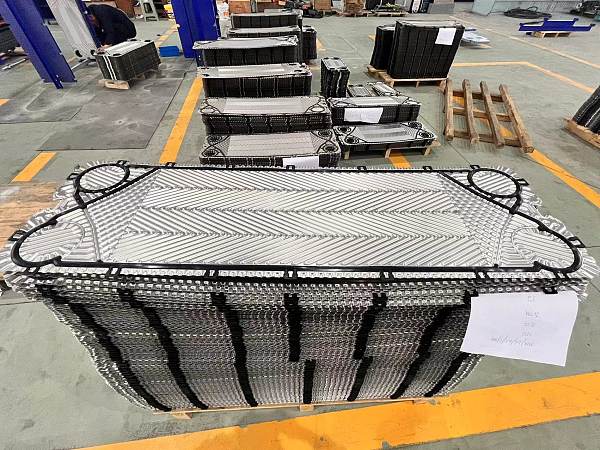Plate Condenser
What is a Plate Condenser?
A plate condenser is a type of compact heat exchanger that uses a series of corrugated metal plates to condense vapor into liquid by transferring heat to a cooling medium (usually water or air). It operates similarly to a plate heat exchanger (PHE) but is specifically optimized for condensation processes.
Key Features:
Alternative Names for Plate Condensers in Different Industries
Comparison with Other Condensers: Pros & Cons
Advantages of Plate Condensers
Higher thermal efficiency (3-5x better than shell-and-tube).
Lower refrigerant charge (reduces environmental risk).
Faster response to load changes.
Easier to clean & service (if gasketed).
Disadvantages of Plate Condensers
Not suitable for dirty or high-fouling fluids (clogs plate channels).
Limited to moderate pressures/temperatures (unless welded).
Higher initial cost than shell-and-tube.
Plate Condenser Processes in Different Industries (Detailed Explanation)
Plate condensers are widely used across industries due to their high efficiency, compact size, and adaptability. Below is a detailed breakdown of their process mechanisms in key sectors:
Process:
- Refrigerant vapor enters the condenser, where cooling water (or air) condenses it into liquid.
- Common in chillers, heat pumps, and AC systems.
Key Requirements:
- Corrosion-resistant materials (SS 316, titanium).
- Compact design for space-saving installations.
Process Flow:
– High-pressure vapor (e.g., R134a, ammonia) enters the condenser.
– Chilled water or air flows on the opposite side of the plates, absorbing heat.
– The refrigerant cools and condenses into a liquid.
– The condensed refrigerant drains into a receiver for reuse.
Key Features:
Industry-Specific Variations:
Chillers – Uses water-cooled plate condensers for high efficiency.
Heat Pumps – Reversible operation (can act as evaporator/condenser).
Process:
- Condenses solvents, vapors, or process gases (e.g., ammonia, ethanol).
- Often uses falling film condensation for high efficiency.
Key Requirements:
- Welded or semi-welded plates for chemical resistance (Hastelloy, titanium).
- Handles aggressive media under vacuum/pressure.
Process Flow:
– Process vapors (e.g., solvents, ammonia, HCl gas) enter the condenser.
– Non-corrosive coolant flows counter-currently.
– Vapor condenses, and liquid is collected for reuse.
– Residual gases are purged.
Key Features:
Industry-Specific Applications:
Ammonia Condensation – Used in fertilizer production.
Solvent Recovery – Condenses ethanol, acetone, etc., for reuse.
Process:
- Condenses steam from sterilization or evaporation (e.g., milk, juice processing).
- Uses sanitary plate designs for easy cleaning (CIP – Clean-in-Place).
Key Requirements:
- FDA-approved gaskets (EPDM, PTFE).
- Hygienic, smooth surfaces to prevent bacterial growth.
Process Flow:
– From pasteurizers, evaporators, or UHT systems.
– Rapid cooling to preserve product quality.
– Sterilized water is reused (e.g., in CIP systems).
Key Features:
Industry-Specific Applications:
Milk Processing– Condenses steam from milk evaporators.
Juice Concentration– Recovers water vapor during juice thickening.
Process:
- Condenses low-pressure steam from turbines to improve cycle efficiency.
- Often integrated with vacuum systems to enhance performance.
Key Requirements:
- High corrosion resistance (titanium for seawater cooling).
- Handles large vapor volumes efficiently.
Process Flow:
– Exhaust steam from turbines enters the condenser.
– Seawater or cooling tower water absorbs heat.
– Water is returned to the boiler.
– Enhances turbine efficiency.
Key Features:
Industry-Specific Applications:
Nuclear Plants– Condenses secondary-loop steam.
Geothermal Plants– Condenses low-pressure geothermal steam.
Process:
- Condenses refrigerant or exhaust gases in shipboard cooling systems.
- Uses seawater-resistant materials (titanium, super duplex steel).
Key Requirements:
- Compact, vibration-resistant design.
- Resistant to saltwater corrosion.
Process Flow:
– From shipboard cooling or engine systems.
– Flows through alternate plate channels.
– Liquefied refrigerant is recirculated.
Key Features:
Industry-Specific Applications:
LNG Carriers – Condenses boil-off gas.
Offshore Oil Rigs – Cools process vapors.
Process Flow:
– From distillation or drying processes.
– Prevents contamination.
– Reclaims solvents (e.g., ethanol, IPA).
Key Features:
Industry-Specific Applications:
API Manufacturing – Recovers solvents from reactors.
Vaccine Production – Condenses steam in freeze-drying.
Plate Condenser Processes by Industry
Conclusion
Plate condensers are versatile, efficient, and compact, making them ideal for industries requiring rapid heat transfer and space savings.
Limitations include fouling sensitivity and pressure constraints, but welded/brazed designs mitigate some issues.
Process variations exist (e.g., falling film in chemicals, sanitary design in pharma).
Material selection (titanium for seawater, SS 316L for food) is critical for performance.
KDP Product Case
 The original condenser of the purified water system in pharmaceutical companies frequently ages and leaks due to chloride ion corrosion, affecting production safety.View More
The original condenser of the purified water system in pharmaceutical companies frequently ages and leaks due to chloride ion corrosion, affecting production safety.View More A French chemical company needs to quickly condense and recover organic vapors generated during the production process to improve resource utilization and reduce emissions.View More
A French chemical company needs to quickly condense and recover organic vapors generated during the production process to improve resource utilization and reduce emissions.View More
Frequently Asked Questions
Answer: We are a factory manufacturing plate heat exchangers in Jiangsu, China. More than 15 years ofproduction experience.
Answer: Sure, Welcome coming to visit our factory! We are located in No.198 Zhongshan Road, Qiaoqi, Xuxiake Town, Jiangyin City, Jiangsu, china.
Answer: It depends on which product you purchased, factory workload, outsourcing period of specialmaterial etc.Our fastest delivery time for Gasketted plate heat exchanger is ex-works 2~3 weeksafter replacement oforder.
Answer: We guarantee our product quality in the process of manufacturing, such as:
Raw material check,e.g.PMl, traceability.
Manufacturing process inspection.
Plate pressing inspection.eq.PT RT.
Welding inspection,eg.WPS,PQR,NDE,dimension.
Assembly inspection.
Final assembly dimensionalinspection.
Final hydraulic test.
Contact us
Whether you have questions about our products, need a quote, or want to discuss a custom order, our team is ready to assist you.
Get Free Quotes
Please enter what you would like to know and we will contact you within 24 hours.
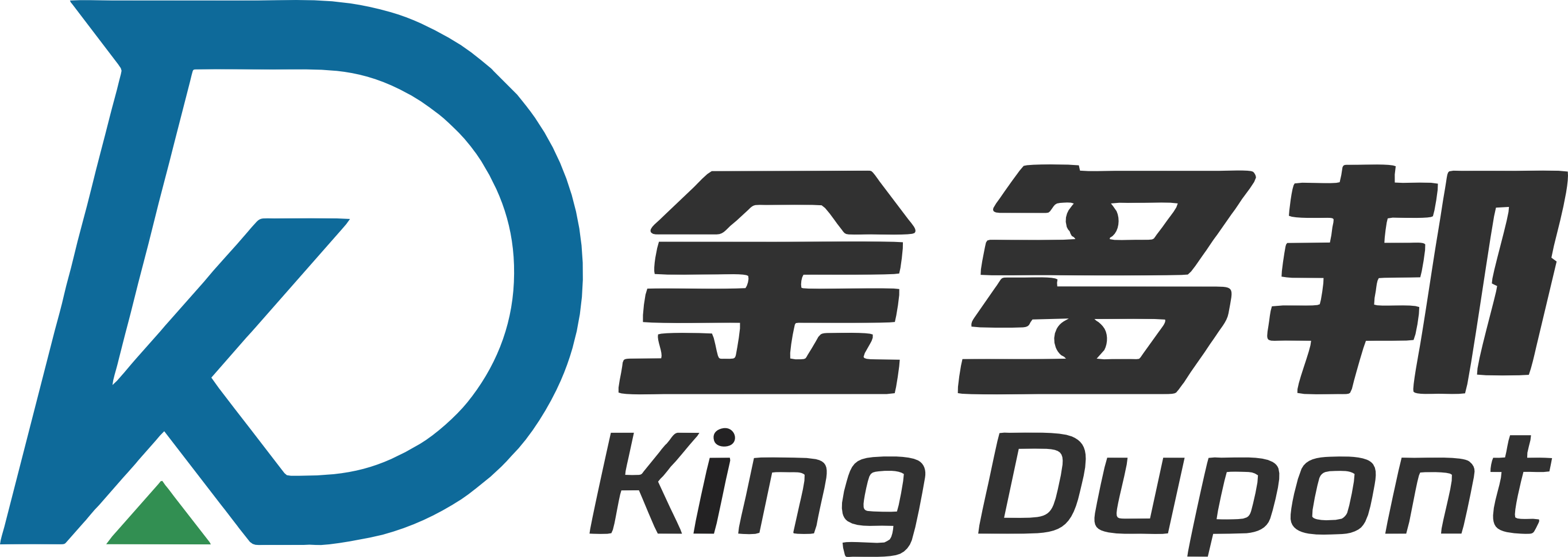
King DuPont, China famous brand of heat transfer and fluid handling supply platform.
Contact

Get Free Quotes
NEED TO CHAT?
We will get back to you within 24 hours of receiving the message.


